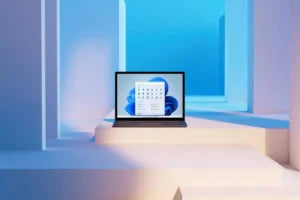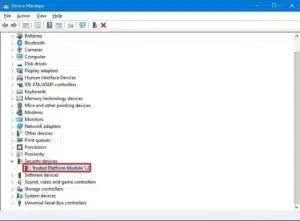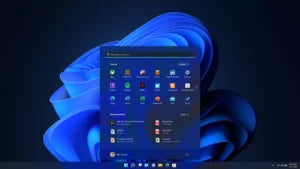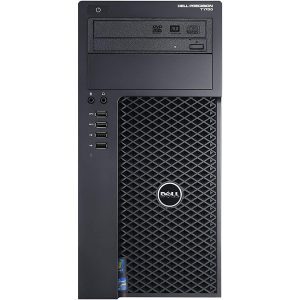Windows 11 and TPM. Let's clarify this mandatory pairing
2021 was the year in which Microsoft decided to present its new version of the operating system. Windows 11 was made official with great fanfare, with  explanation of the advantages and interesting new features. However, much less has been said about TPM and the mandatory pairing between Windows 11 and TPM.
explanation of the advantages and interesting new features. However, much less has been said about TPM and the mandatory pairing between Windows 11 and TPM.
To better understand what the combination between Windows 11 and TPM consists of, we must therefore start from the basics.
Windows 11 and TPM 2.0. What is TPM?
TPM is the acronym for Trusted Platform Module, a hardware module, physically located on the motherboard or integrated into the CPU, whose function is to safeguard and verify the security of the entire system and the exchange of secure cryptographic keys .
The TPM can therefore be considered as a security system for the computer . A gatekeeper dedicated to blocking potentially malicious operations.

Windows 11 and TPM 2.0. How does TPM work?
The presence of the TPM is therefore a solution to improve the security and privacy of computers , protecting sensitive data and managing all procedures and related authentication credentials.
The purpose of the TPM is in fact to guarantee the integrity of the platform on which it is installed, both from a hardware and software point of view (for example, it is the TPM's task to verify and validate the license of the various applications ).
TPM 2.0 also manages digital rights management (DRM), data protection and Windows Defender features.
By making TPM 2.0 mandatory at the same time as installing Windows 11, we are therefore trying to define the minimum necessary from a security point of view.
The other half of the pairing. Windows 11
Windows 11 is the latest operating system version released by Microsoft in June 2021.
Heralded as revolutionary and highly improved compared to Windows 10, it finds most of its improvements in an optimization of the operating system for its possible different uses.
Windows 11 therefore represents the evolution of the previous operating system in various areas, in particular:
Many interesting new functions, which immediately made users want to make the transition to this new version, if not for TPM 2.0...
The lack of this chip (real or integrated into the CPU) is in fact an insurmountable (or almost) obstacle to having TPM 2.0.
How to find out if our PC already has TPM 2.0? 
Our PC is probably already equipped with TPM 2.0. If our PC is not too old, it will almost certainly already be equipped with this function.
Clearing your doubts is simple and can be done with a quick check, which only takes a couple of minutes. To do this, proceed as follows:
If TPM 2.0 is present we will find out immediately, thanks to the presence of a specific and dedicated item called "Security Processor".
Found it? Ok, you'll just have to find out which version it is.
Not found? Ok, it's too early to despair, the TPM may simply not have been activated. Before you despair, try following this guide to find out if it's just a question of not enabling it: Enable TPM 2.0 on your PC .
TPM present!
If the TPM is present you will have to carry out one last check, i.e. find out if it is version 1.2 or 2.0.
Then press the “Security Processor Details” button and find out right away.
 Windows 11 and TPM, not just them…
Windows 11 and TPM, not just them…
There are obviously also other requirements required by Windows 11, in particular:
Many parameters, which fortunately do not have to be verified one by one.
Microsoft has in fact made available a free, dedicated tool that allows this analysis and carries out a complete check of the specific requests, the PC Integrity Check .
In the case of a not too old PC , it will be quite simple to easily pass this integrity check. The biggest step could be the lack of TPM.
I don't have TPM 2.0. No chance?
Obviously the network has studied the system in depth to bypass this limitation.
To date, several settings and shortcuts have been created that allow you to attempt to bypass the TPM control.
In particular two systems, which we have already talked about in the past:
These systems have given excellent results in our analyses, but obviously they are not certified, nor certainly conclusive. However, it might be worth trying them, in order to better understand if there is any possibility before "throwing in the towel".

Windows 11 and TPM, is it worth it?
Although the TPM may seem like a hassle, the potential and new features of Windows 11 are worth the effort.
There are many new or improved functions and it would be a shame not to upgrade only because you don't have TPM 2.0.
This is why it is worth carrying out a check before installation to proceed with the upgrade safely and for the same reason evaluate the possibility of solving with one of the two systems listed above.
The advantages of Windows 11 are many and undeniable, let's not exclude them just because of the lack of a chip and its related protection features.











